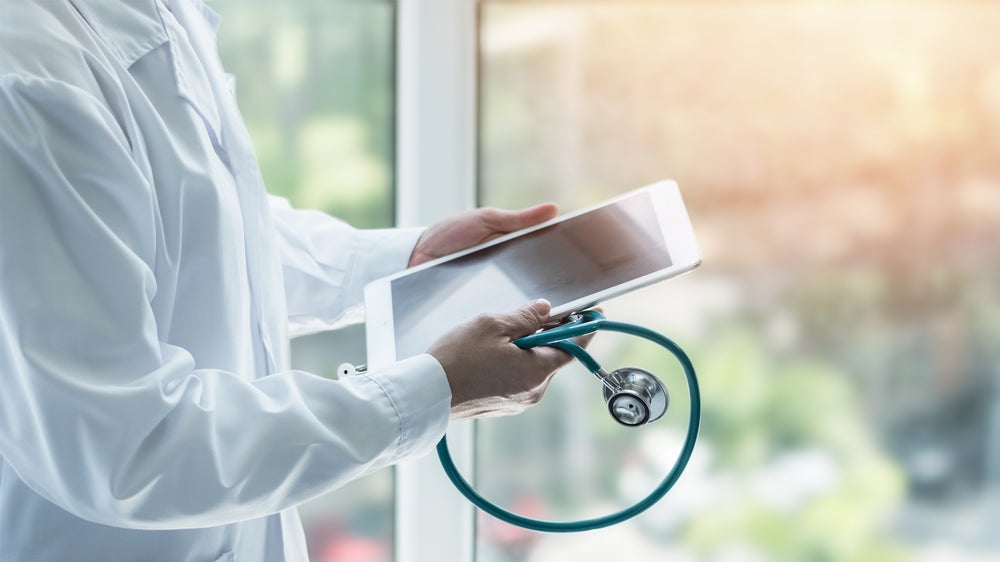
Persistent wounds present considerable difficulties for both patients and healthcare systems worldwide.
These wounds, known for their extended healing periods, frequently result in heightened morbidity, diminished quality of life, and substantial healthcare expenditures.
Nonetheless, progress in mobile health (‘mHealth’) technologies provides hopeful opportunities for significantly enhancing chronic wound management.
mHealth and remote patient monitoring provide many benefits in chronic wound care, including enhancing patient engagement and self-management through educational resources and symptom trackers.
As well, mHealth platforms can collect large volumes of patient data, including wound characteristics, and advanced analytics techniques such as machine learning algorithms can analyse said data to identify patterns and predict healing trajectories.
Potentially one of the most important benefits that mHealth and remote patient monitoring can provide is the ability to enable real-time monitoring of chronic wounds remotely.
Access the most comprehensive Company Profiles
on the market, powered by GlobalData. Save hours of research. Gain competitive edge.

Company Profile – free
sample
Your download email will arrive shortly
We are confident about the
unique
quality of our Company Profiles. However, we want you to make the most
beneficial
decision for your business, so we offer a free sample that you can download by
submitting the below form
By GlobalData
This allows for timely intervention and adjustment of treatment plans without needing frequent clinic visits.
Healthy.io, a software development company, is collaborating with Johns Hopkins Hospital (US) to pilot smartphone-based wound care technology that aims to enhance the management of chronic diabetic wounds.
The solution will allow patients to scan their wounds from home using a smartphone and the Minuteful for Wound app.
Care teams can then use the solution for remotely monitoring these patients in real time.
The initial phase of the pilot programme has shown that 36% of patients experienced a clinical improvement in wound management, and 94% of patients found the system easy to use.
Because of the positive results from this first phase, the study has expanded across the US and Canada, focusing on the effectiveness of remote wound monitoring versus traditional in-person monitoring.
According to leading data and analytics company GlobalData, the prevalence of chronic wounds in the US was 2.69% in 2023, and that number is expected to rise to 2.83% by 2033.
Of that 2.69% in 2023, 34.8% were classified as diabetic foot ulcers, and that number is expected to rise to 38.5% in 2033.
As both the prevalence of chronic wounds and diabetic foot ulcers are expected to rise in the coming years, finding the best possible wound management solution for both patients and healthcare professionals holds high importance.
Remote patient monitoring could be the solution to fill that need, especially when considering factors such as rising healthcare costs and staff shortages.
